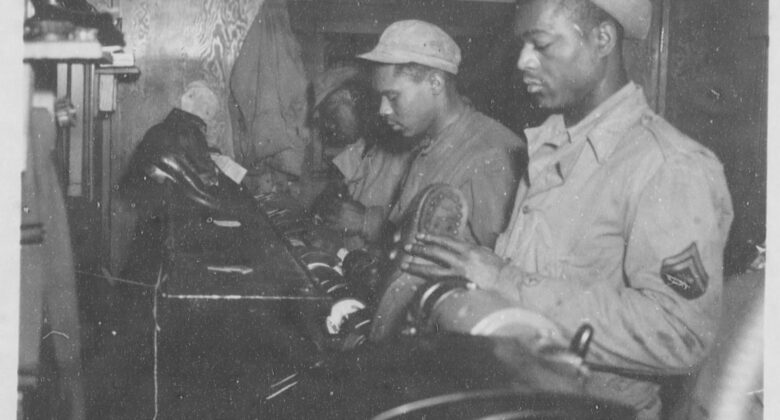Since November 2022, independent researcher Charlotte Marchant, has been working with Bodmin Keep in partnership with the Imperial War Museum (IWM) as part of their Second World War and Holocaust Partnership Programme (SWWHPP) to investigate the presence and experience of African American GIs in Cornwall during the Second World War. Charlotte was first employed as a SWWHPP Digital Intern at Bodmin Keep in 2021, where she worked on multiple interrelated research projects, exploring lesser-known and untold stories relating to Cornwall during the Second World War.
As a result of Charlotte’s most recent research, we now have a better understanding of how and to what extent the Americans imported their segregation policy into the UK, as well as how many African American men were in Cornwall during the Second World War period, the types of units served in and the location of segregated camps throughout the county.
Over here
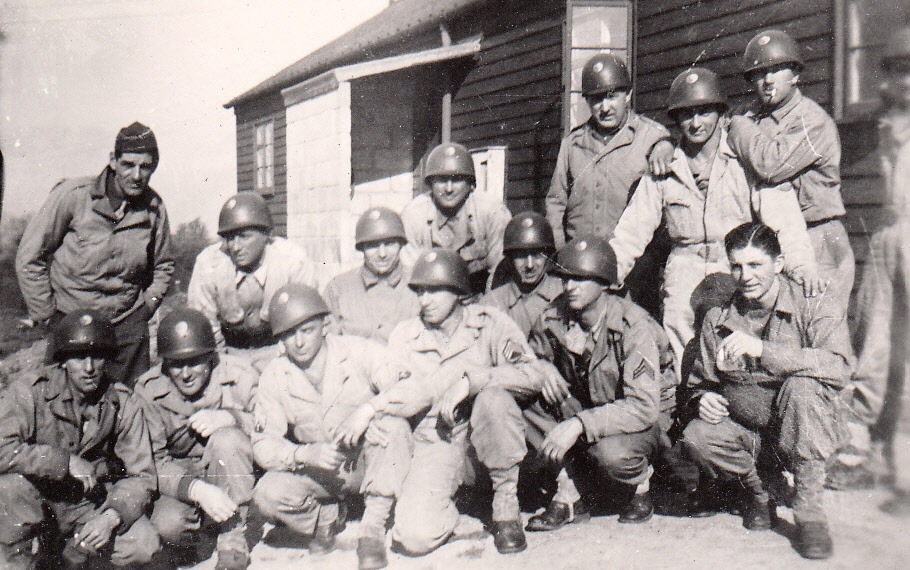
Almost immediately following America’s entry into the Second World War in December 1941, American and British leaders began planning the remarkable operation of transporting large numbers of servicemen and women, along with their equipment to Britain, providing them with shelter and training facilities in preparation for “Operation Overlord” (D-Day). The first wave of (White) American troops arrived in Great Britain on 26 January 1942, at Belfast in Northern Ireland. From mid-1943 until 1944, Bodmin itself hosted around 2,000 white troops from the US 29th Infantry Division.
African American servicemen
By the end of the Second World War, well over one million African American men had been inducted into the US armed forces. This equated to roughly 10 – 15% of the military overall, a proportion deliberately intended to be representative of the population at home. It’s estimated that anywhere between 2-300,000 of these men travelled to Britain from 1942-1946.
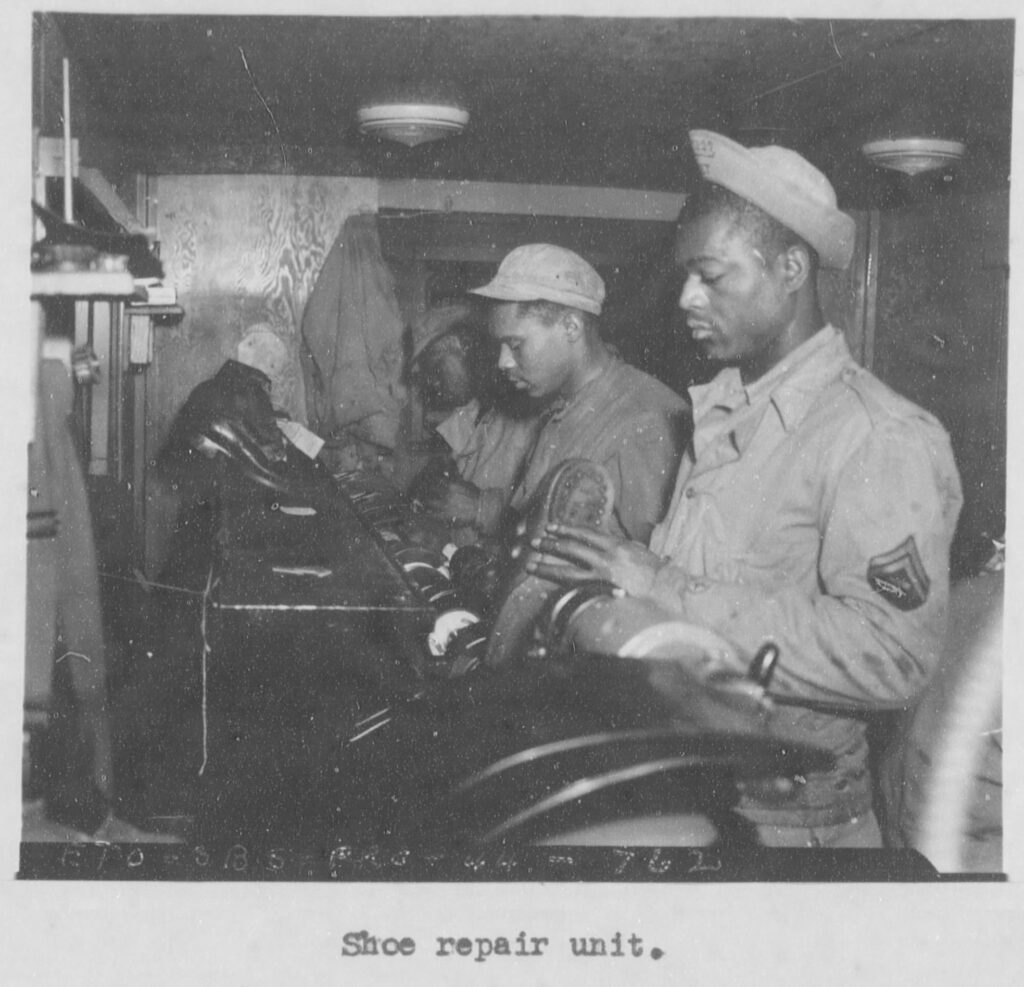
Most African American GIs during the Second World War were relegated to labour and service units, typically commanded by White officers. Working as cleaners, cooks and mechanics, building roads and ditches, and unloading supplies from trucks and airplanes were common tasks for Black soldiers in Britain and elsewhere. African American GIs were deliberately segregated from White servicemen and arranged by US military authorities into separate formations, separate camps, provided with their own canteens, clubs, recreation rooms and even entertainments.
Although uncomfortable, for various conflicting reasons, the British government chose not to step on the toes of the Americans in regards to their segregation policy – otherwise known as ‘Jim Crow laws’. Nevertheless, it did loosely advise that no steps should be taken to discriminate against, in British run establishments. In regards to the public, my research has shown that generally, African American servicemen were well received by ordinary British people. In fact, there are several well documented cases of those who protested, and even sometimes directly intervened, to stop the implementation of Jim Crow-style segregation.
Cornwall

A key source for gathering information on which specific US units were located in Cornwall from 1942-1946 are the US armed forces station lists. These administrative records detail all US army units (both White and Black) in any given theatre of operation on a particular date. They were updated on a regular basis, often twice a month and are currently undigitized, only available to view in-person at NARA (The National Archives Records Administration, Washington DC).
In studying these station lists, as well as various other administrative records, I was able to establish that in the run-up to D-Day, there were anywhere between 6-7,000 African American GIs in Cornwall. One example of a segregated Black Unit in the county is the 375 General Engineer Service Regiment who arrived in Grampound, in December 1943.

The unit’s history record held at NARA, reveals details about how the men found life in Cornwall, the type of work carried out, as well as how they spent their free time. For example, in a handwritten diary account for Company A included in the unit’s history from January 1944, it’s revealed how “The fellows have been going pretty well here with the ladies, so much so until we are about to give a dance over at Charlestown. The night was fill with music, dance and laughter. Everyone has his fun”.
George Ellis

From the outset, one of my key research aims was to provide more context for the series of somewhat enigmatic images of Black GI groups from the George Ellis Photographic Collection at Kresen Kernow (E8172-E8188). It was my belief that any information found for this unit, would be indicative of other African American units also in Cornwall during this period. Unfortunately, Ellis’ accompanying ledger only records the date and location for these photographs – 4 March 1944, Grampound Road.
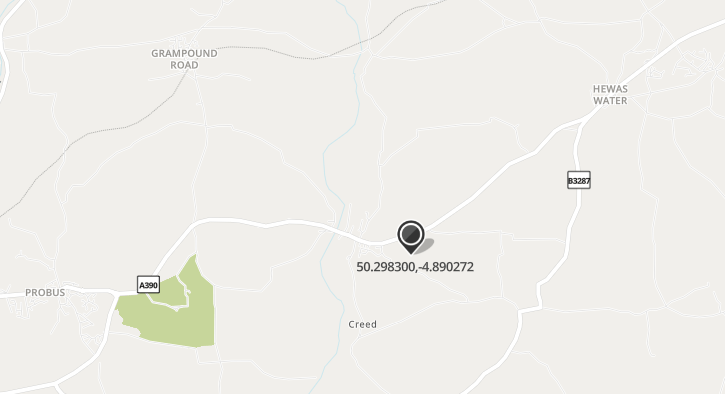
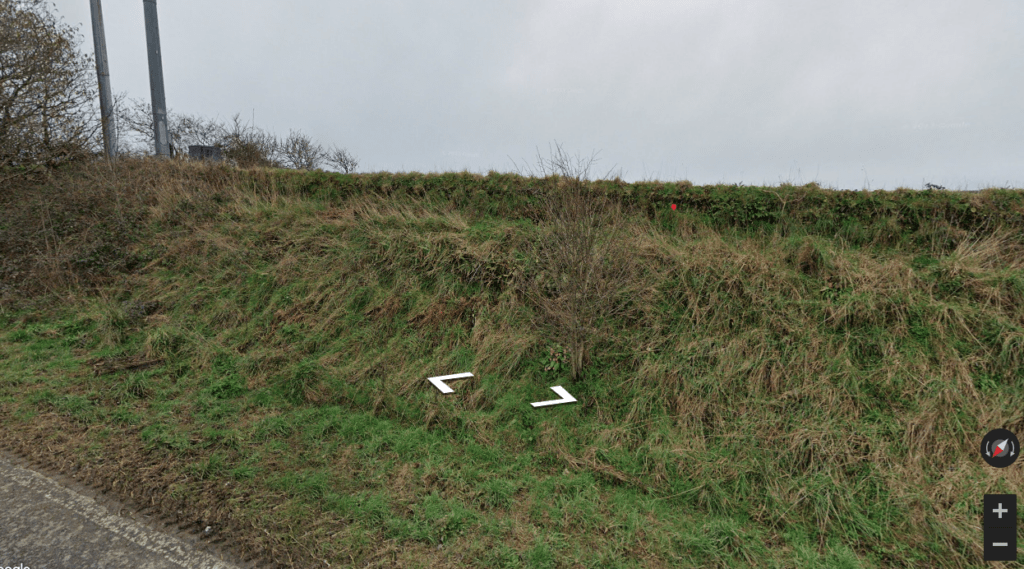
Using the relevant station list, I was able to narrow down the identity of the unit to two possibilities, both in the Grampound area in March 1944. These were 3199 Quartermaster Service Company and 375 Engineer General Service Regiment, 2 Battalion, Company D. Both were listed with ‘VX3771’ as their historic coordinates. When ‘translated’ to contemporary coordinates, this comes out as 50.29829961005, -4.8902717893241 – shown in visual terms on the above map and Google street view. This seemingly matches with the location of Ellis’ images.
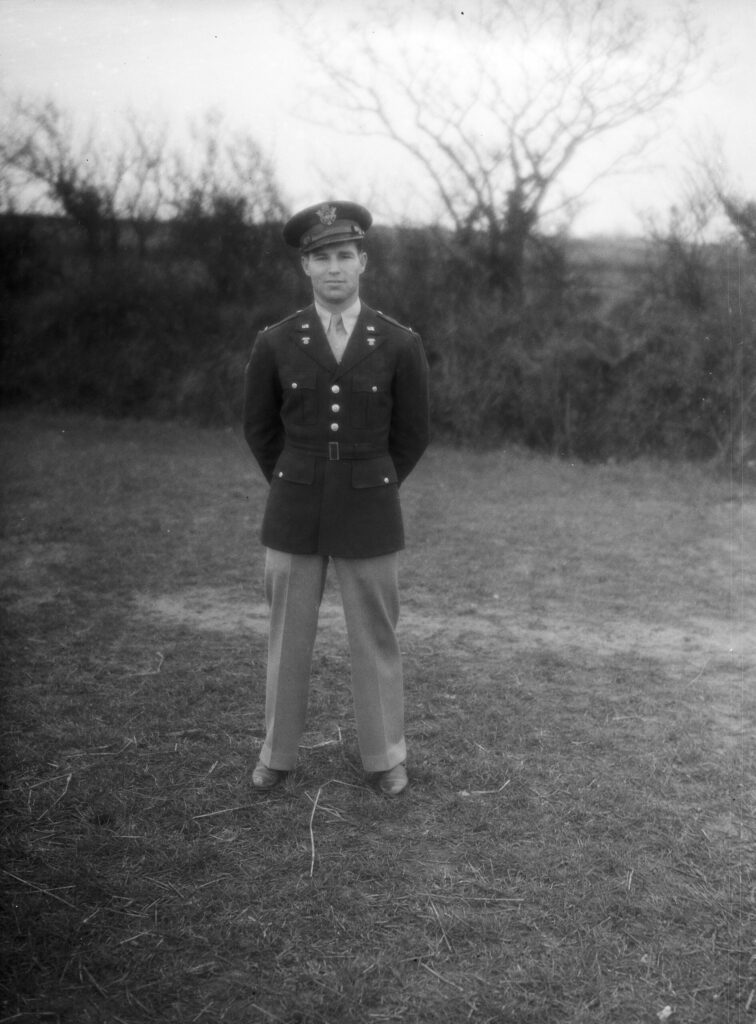
To distinguish between the Quartermaster and Engineer units in Grampound, would require support from Kresen Kernow in digitising further images from the same series. The above previously unseen image is a singular portrait of one of three White officers in command of the unit. Crucially, it reveals a Quartermaster Corps badge on the collar, therefore alluding to the fact Ellis’ images were in fact of the 3199 Quartermaster Service Company. Like others of its kind, the likely role of the unit would have been in performing general labour, supply and field services support. As was typical for all US units in the UK, the 3199 Quartermaster Service Company did not stay in one location for long. In May 1944, it was listed in Perranporth, before eventually being shipped to Europe in July 1944.
In Cornwall today, there are few traces left of the African American servicemen who came to Europe during the Second World War, underlining the vital importance of work to uncover their stories.
This blog marks the end of the IWM’s three-year long SWWHPP, with it Bodmin Keep’s participation in the project. I’d just like to take this opportunity to thank all those who have been involved, and for the many new friendships formed. Thanks in particular to Dr Lucy Bland, Dr Chamion Caballero, Kresen Kernow, Lt Col Phillip Grinton, Susan Kearney and The Maryland Museum of Military History for assisting me in this second phase of the project.
Please contact Bodmin Keep regarding image usage.

